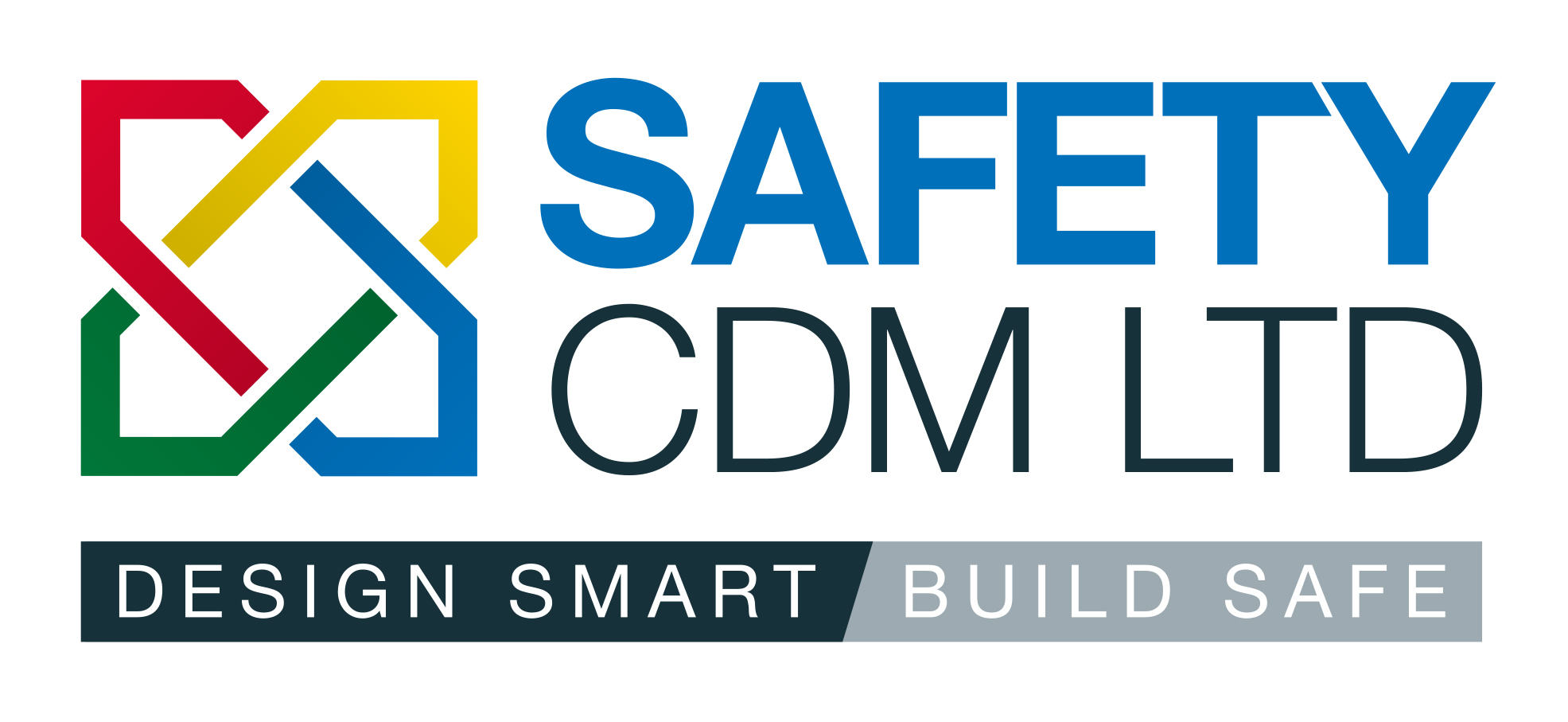Our Services
Safety Products
Contact Us
info@cdm2015regs.co.uk
E-mail Address
01494 445774
Hot Line
Planning Stage
CONSTRUCTION MANAGEMENT PLANS

Does your planning application require a CMP?
We can help you prepare a Construction Management Plan which is often required by planning authorities (including TFL plans for London Boroughs)
Aim of a Construction Planning and Management Plan?
- Construction Management Plan (CMP) is to help developers to minimise construction impacts, and relates to all construction activity both on and off site that impacts on the wider environment.
- A Construction Management Plan outlines the client’s intentions for a construction project and acts as a key information document for the project team, statutory authorities and other stakeholders.
- CMP must comply with the Local Council and their particular requirements.
- It is intended to be a live document whereby different stages will be completed and submitted for application as the development progresses.
- The completed and signed CMP must address the way in which any impacts associated with the proposed works, and any cumulative impacts of other nearby construction sites, will be mitigated and managed.
- The level of detail required in a CMP will depend on the scale and nature of development.
- The Construction Management Plan can also act as a gateway to detailed technical information.
- The Construction Management Plan is an interactive document which can be updated and augmented as project parameters alter during the pre-construction and construction phases of the project as new information is uncovered which is required to be factored into each stage of the process.
- The CMP is not to be confused with a Construction Phase Plan. The Construction Phase Plan is completed by the Principal Contractor for the proposed scheme as a requirement under Regulation 12 of the Construction Design & Management Regulations 2015. Information from the CMP may be used in the Construction Phase Plan.
Construction Management Plan / Construction Site Management Plan Includes:
The following subjects may be included in the Construction Management Plan. Whilst not exhaustive, the scope of items for inclusion will depend on the nature, context and complexity of the project.
- Project Overview
- Preliminary Programme
- Schedule of Works
- Roles & Responsibilities
- Communication & Coordination
- Site Description
- Site Set-Up
- Access
- Neighbourly Relations
- Traffic Management
- Health & Safety
- Environmental Control: Noise & Vibration, Air Quality & Dust Control
- Emergency Planning & Response Procedure
- Fire Prevention Plan
- Waste management
- Ecology
- Cultural Heritage & Archaeology
A Risk assessment is not about creating large amounts of paperwork, but rather identifying sensible measures to control risk in your work place. It is a systematic process of identifying hazards, assessing the risks they pose, and implementing measures to reduce the risks.
The purpose of a risk assessment.
Is to ensure that all potential hazards are identified and that appropriate control measures are implemented to reduce the risk of harm to employees, customers, and other stakeholders.
The Health and Safety Executive (HSE) advises employers to follow five steps when carrying out a workplace risk assessment:
- Step 1: Identify hazards, i.e. anything that may cause harm.
- Step 2: Decide who may be harmed, and how.
- Step 3: Assess the risks and take action.
- Step 4: Make a record of the findings.
- Step 5: Review the risk assessment.
We can help you and your site managers to develop and maintain site specific Risk assessments and Method statements.
Please call or email for advice Tel: 01494 445774 or email info@cdm2015regs.co.uk


Sed ut perspiciatis unde omnis iste natus error sit voluptatem accusantium doloremque lau dantium, totam rem aperiam, eaque ipsa quae ab illo inventore veritatis et quasi archi tecto beatae vitae dicta sunt explicabo. voluptatem sequi nesciunt.
Nemo enim ipsam voluptatem quia voluptas sit aspernatur aut odit aut fugit, sed quia conse quuntur magni dolores eos qui ratione voluptatem sequi nesciunt.
Lorem Ipsum generators on the Internet tend to repeat predefined chunks as necessary, making this the first true generator on the Internet. It uses a dictionary of over 200 Latin words, combined with a handful of model sentence structures, to generate Lorem Ipsum which looks reasonable.
The generated Lorem Ipsum is therefore always free from repetition, injected humour, or non-characteristic words
It is a long established fact that a reader will be distracted by the readable content of a page when looking at its layout. The point of using Lorem Ipsum is that it has a more-or-less normal distribution of letters, as opposed to using ‘Content here, content here’, making it look like readable English. Many desktop publishing packages and web page editors now use Lorem Ipsum as their default model text, and a search for ‘lorem ipsum’ will uncover many web sites still in their infancy.
Nemo enim ipsam voluptatem quia voluptas sit aspernatur aut odit aut fugit, sed quia conse quuntur magni dolores eos qui ratione voluptatem sequi nesciunt.
